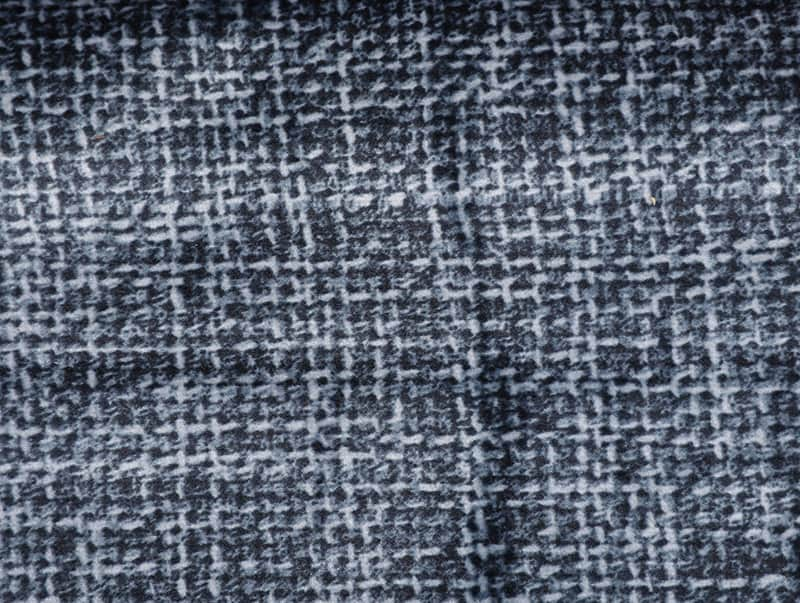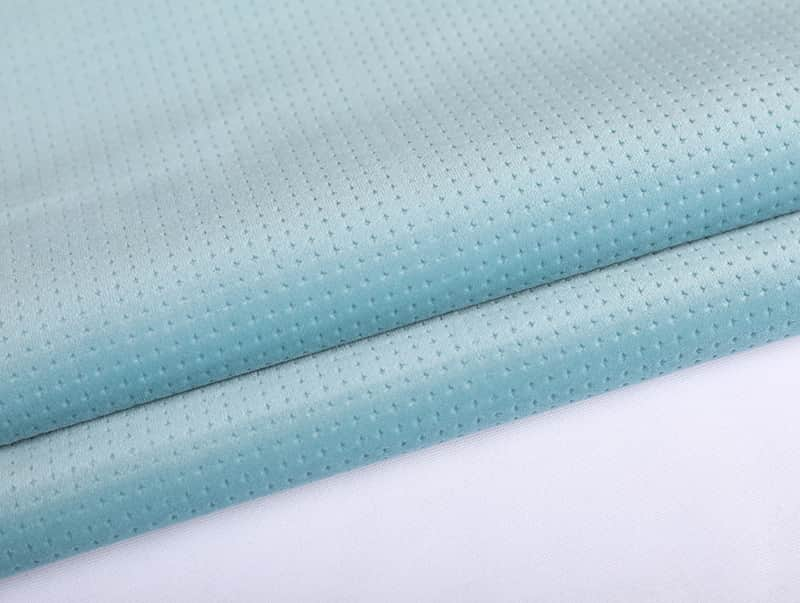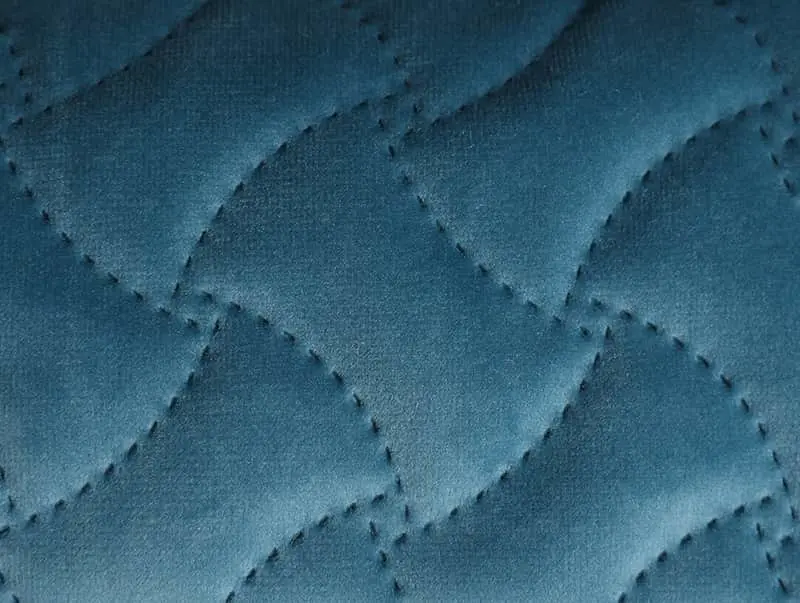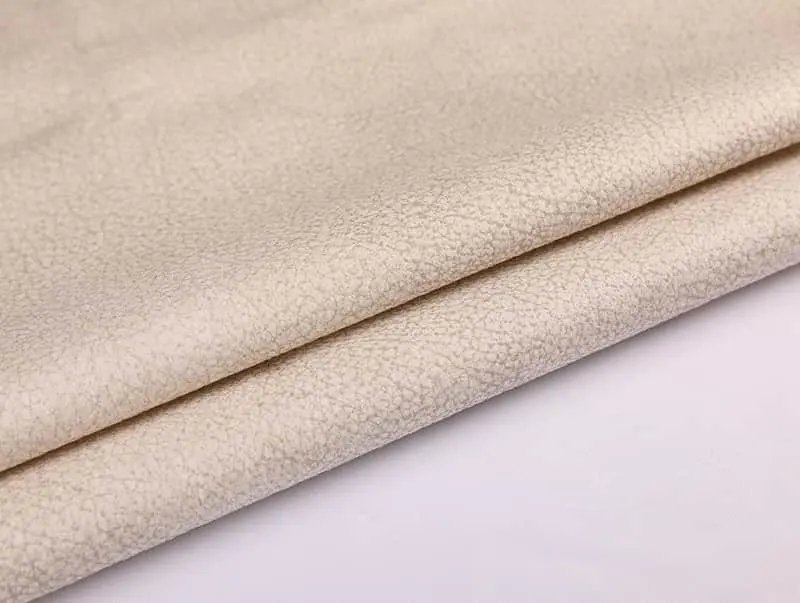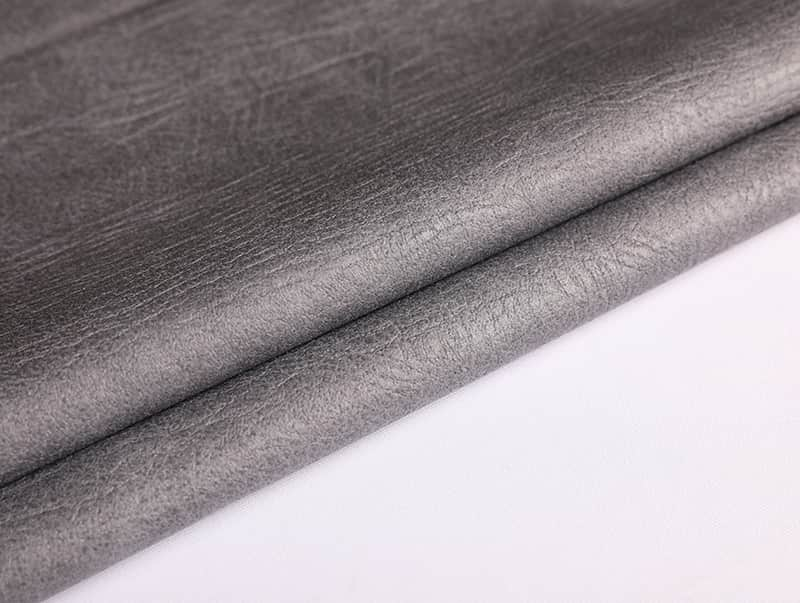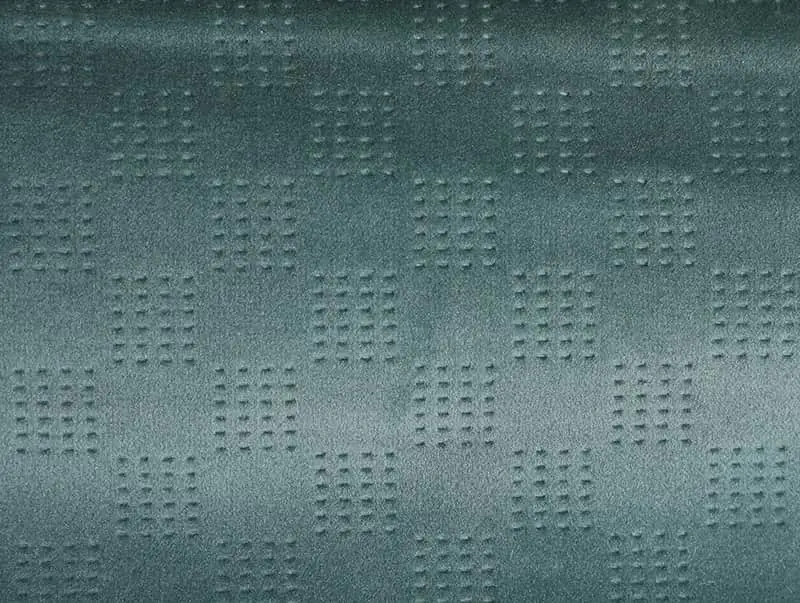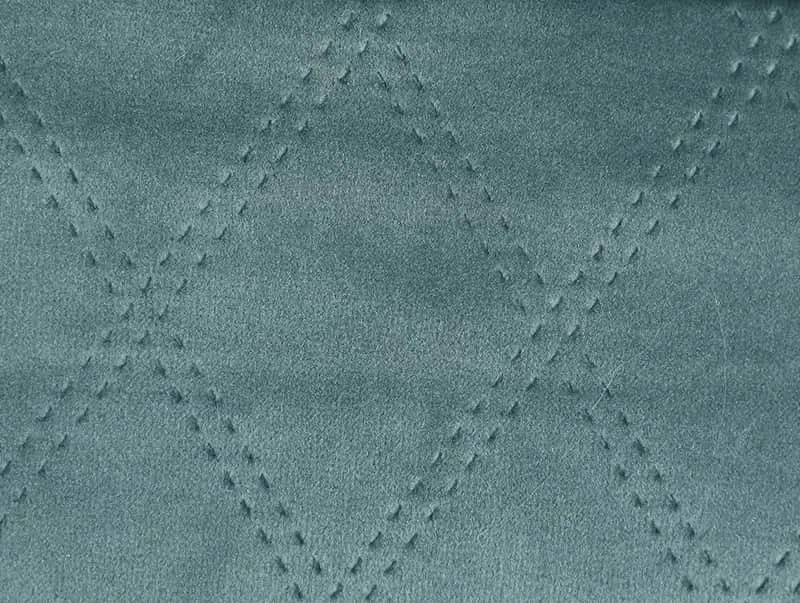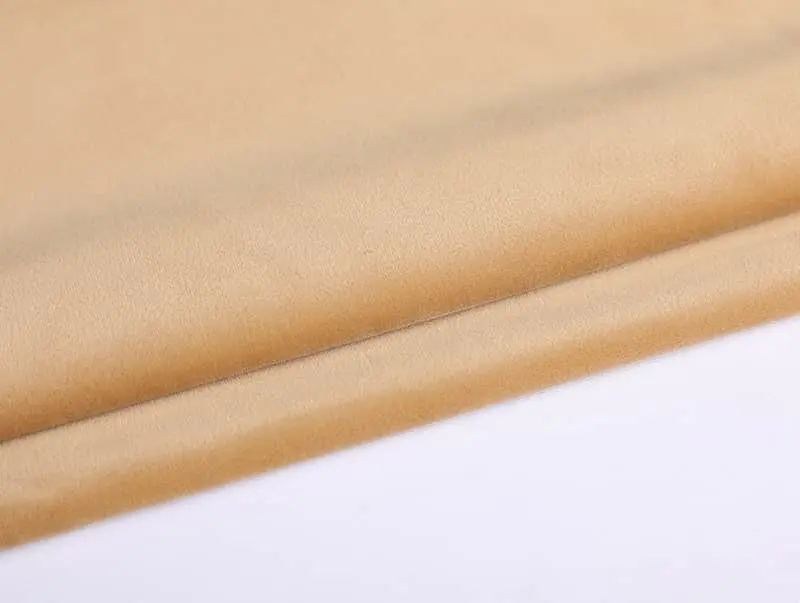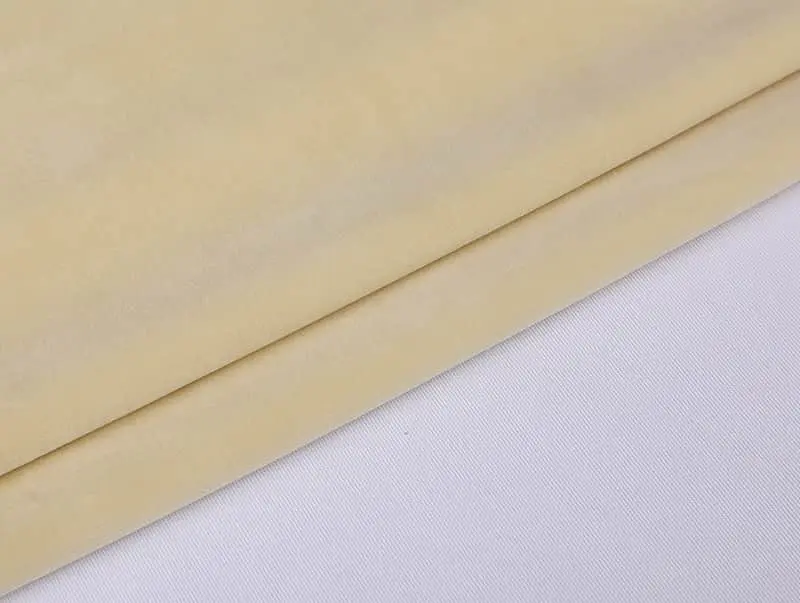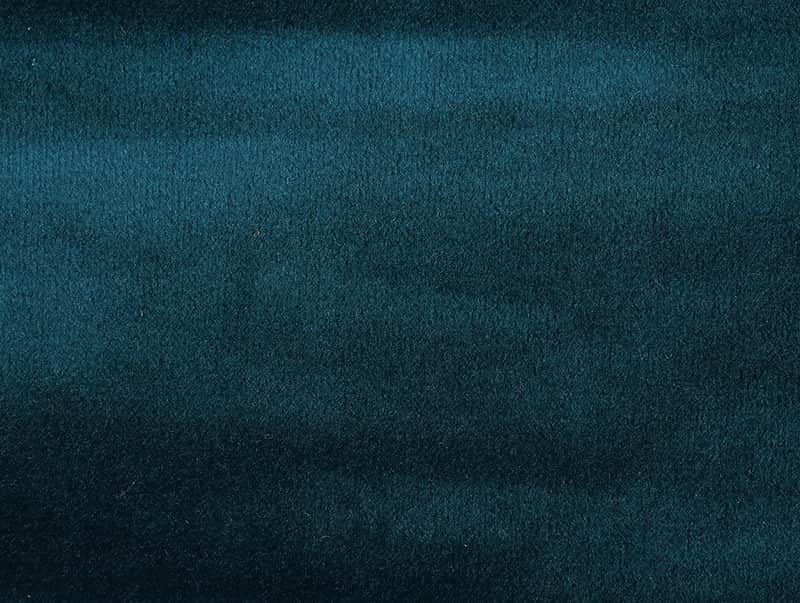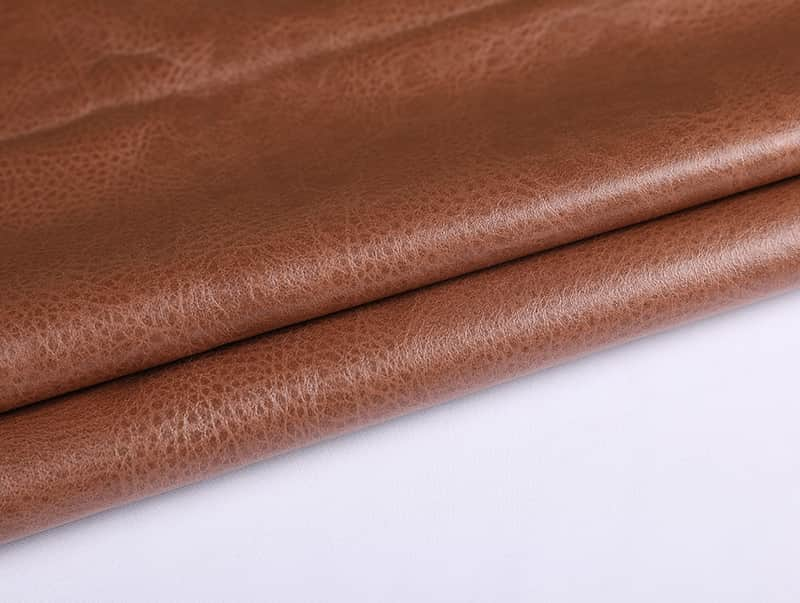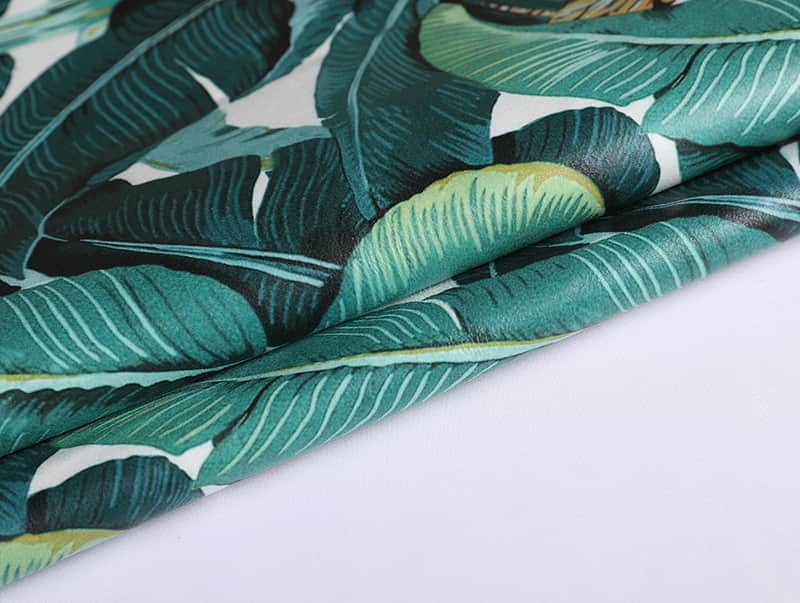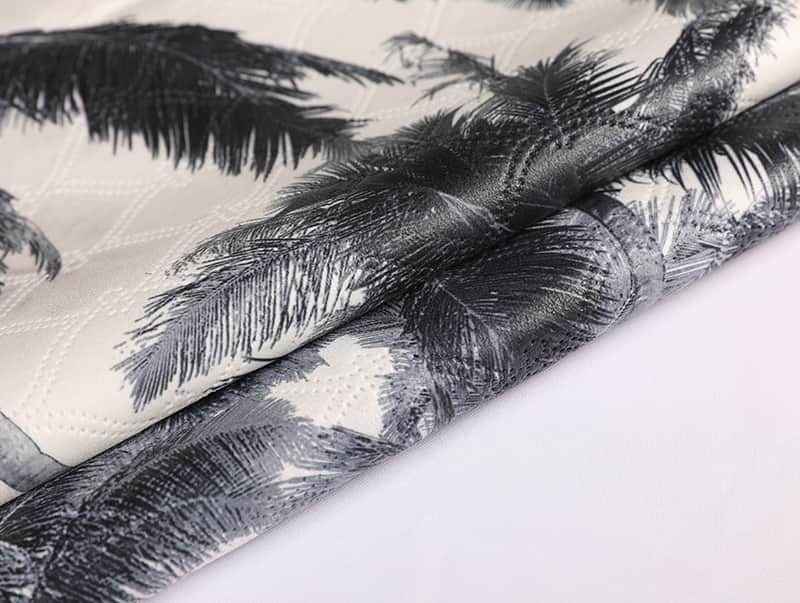Common natural fibers are divided into hemp, silk, cotton, and wool. I know that although they are the same, they are different:
1. Hemp: There are many varieties of hemp, including ramie, flax, jute, hemp, etc.; when used at the top of the fabric, the two are more secretive. Hemp and cotton have some of the same properties. Strong hygroscopicity, alkali, and acid resistance. Heat resistance is also good, ironing temperature can reach 190 degrees-210 degrees, simple burning. The strength is higher than that of cotton, the hemp fiber is harder and weaker, the fabric is easy to wrinkle, and it is stiffer, stiffer, and cooler than cotton fabric. The so-called linen is the ramie fabric that Southerners love to wear. It does not fit snugly after sweating.
Ramie is the quality fiber among the hemp fibers. It has the characteristics of coolness, moisture absorption, breathability, high stiffness, rigidity, stiffness, and non-fitting. It is suitable for making summer clothes. Ramie and polyester are blended and processed to produce "hemp is indeed good", with a cool style.
2. Silk: Natural silk is divided into domestic silk and wild silk, domestic silk is mulberry silk; the main species of wild silk is Zitus silk. Silk has high strength, slender fiber, soft and smooth, weaker than cellulose fiber, and has a common luster. Silk fabrics are not only tired and thin like yarn, but also make them plump and progress like nicknames. It is Gaoren's clothing material and belongs to protein fiber like wool.
3. Cotton: strong moisture absorption, comfortable to wear, simple dyeing, easy to shrink. Alkali and acid resistance, mercerized cotton is cotton fabric treated with caustic soda. Cotton fiber is relatively heat-resistant, but it is not suitable for long-term treatment at a temperature above 100 degrees. If the ironing temperature is about 190 degrees, it is to spray wet cotton fabrics when ironing, which is good for ironing. Cotton fiber is soft and weak, cotton fabric feels good, is comfortable to wear, washable, but easy to wrinkle, and suitable for all kinds of clothing and bedding in all seasons.
4. Wool: The upper wool with the largest amount of wool fibers used in textiles is usually called wool. Wool fibers are thicker and longer than cotton fibers, with a certain degree of curvature, and a layer of scales concealing their appearance. Due to the presence of scales, it brings a special property to wool, namely, milling. The milling property refers to the property that wool is kneaded in warm water and washing liquid to bite and shrink. In daily life, the wool products are shortened after washing, the density becomes larger, and milling is one of the reasons. If the scales are damaged to make them appear smooth and flat, the wool products will not have milling. Therefore, machine-washable sweaters sold in the market are treated with this appearance.
www.chinasofafabric.com
